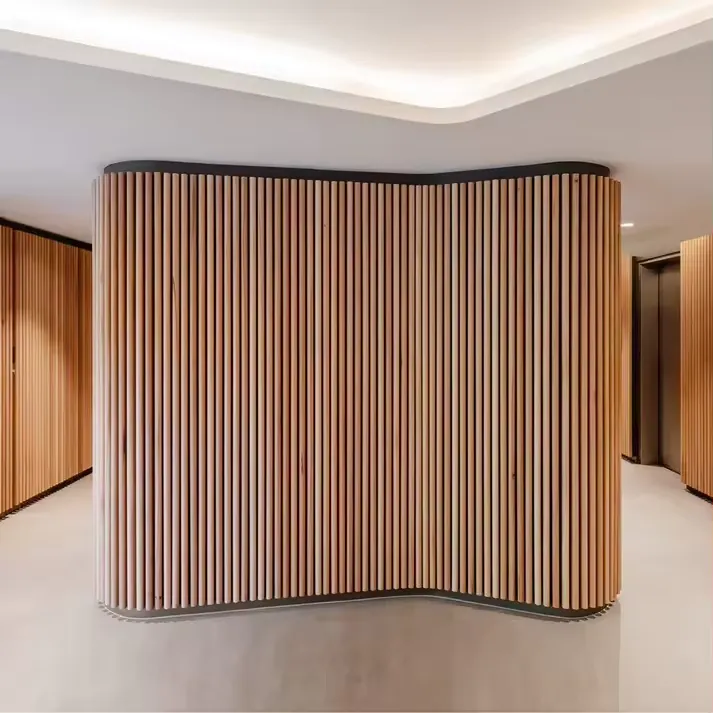How to Make Sound Absorbing Wall Art
In modern living spaces, acoustics play a crucial role in creating a comfortable environment. Excessive noise can lead to distractions and stress, especially in open-concept homes or busy workspaces. One innovative way to manage sound while adding an aesthetic touch to your decor is by creating sound-absorbing wall art. Here’s a step-by-step guide to help you craft your own functional and beautiful pieces.
Understanding Sound Absorption
Before diving into the crafting process, it’s essential to understand how sound absorption works. Different materials have varying capacities to absorb sound waves. Generally, soft, porous materials are better at dampening noise. Fabrics, foam, and certain types of wood are commonly used for soundproofing. The goal is to reduce the reverberation within a space, making it more pleasant and quieter.
Materials You’ll Need
1. Base Panels You can use acoustic foam panels or MDF (Medium-Density Fiberboard) as your base. The foam will effectively absorb sound, while MDF provides a sturdy frame. 2. Fabric Choose a thick fabric to cover your panels. Felt, burlap, or canvas are excellent options for absorbing sound while allowing for creativity in design. 3. Adhesive Strong glue or fabric adhesive will be necessary for adhering the fabric to the panels. 4. Staple Gun For a snug fit, a staple gun can be used to secure the fabric tightly to the panels. 5. Paint or Stain If you’re using wooden panels or MDF, you might want to paint or stain them to match your decor.
Steps to Create Your Sound Absorbing Wall Art
1. Choose Your Design Start by determining the style and design of your wall art. You can go for abstract shapes, geometric patterns, or even landscapes. Consider the color scheme of your room, as this will influence the choice of fabric and paint.
2. Cut Your Panels Based on your design, cut your base panels to the desired size. If you’re using foam, ensure that the edges are smooth and even.
how to make sound absorbing wall art

3. Wrap the Panels Lay your fabric on a flat surface and place the panel in the center. Pull the fabric over the panel, ensuring that it’s smooth and taut. Fold the edges of the fabric over the back of the panel and secure it using the staple gun. Make sure to keep the fabric tight, so it doesn’t sag over time.
4. Assemble the Design Once you have wrapped all your panels, arrange them on the floor to create your desired layout. Play around with different configurations until you are satisfied with the overall appearance.
5. Mount the Art Decide how you want to hang your artwork. You can either mount the panels directly onto the wall using brackets or hooks, or create a frame to hold them, providing an added layer of sophistication. Ensure that whatever mounting system you choose is sturdy enough to support the weight of the panels.
6. Finalize the Details If you opted for wood or MDF for your backing, paint or stain it to your liking before hanging. This can add a finishing touch that enhances the overall look of your wall art.
Maintaining Your Wall Art
To keep your sound-absorbing wall art looking its best, dust it regularly and spot clean any stains on the fabric. Depending on your climate, you may also want to ensure that the fabrics are treated with a protective spray to ward off moisture.
Conclusion
Creating sound-absorbing wall art is an excellent way to elevate your space while tackling noise issues. Not only will it improve the acoustics of your room, but it will also serve as a unique decorative piece that reflects your personal style. So gather your materials, unleash your creativity, and transform your walls into both a sound solution and a work of art!
